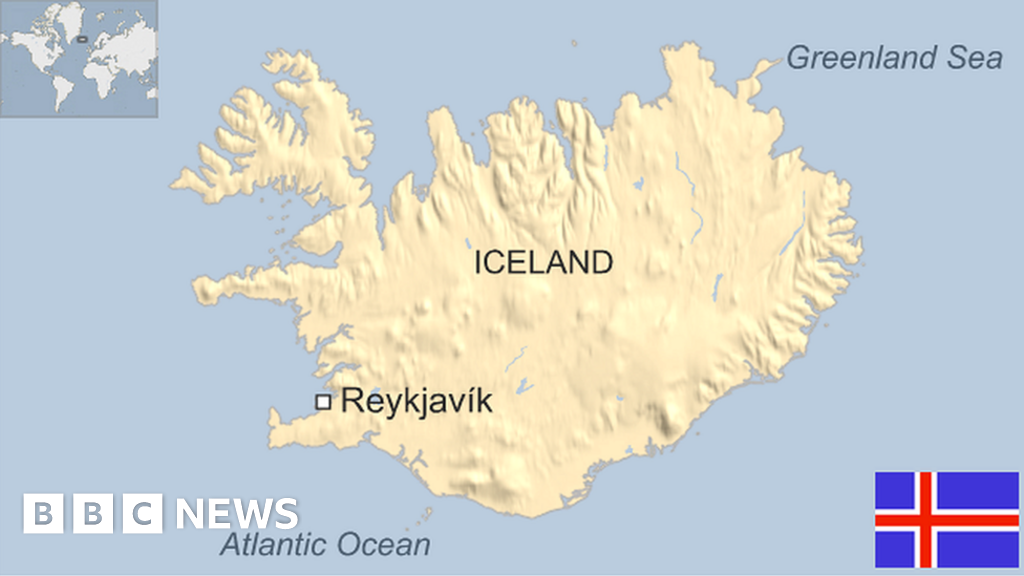Some key dates in Iceland’s history:
870s – First Norse settlements on Iceland. Previous inhabitants were a small number of Irish monks.
930 – An annual parliament – the Althing – established.
986 – Erik the Red takes settlers from Iceland to colonise Greenland.
1000 – Iceland adopts Christianity. A golden age of Icelandic culture begins, producing great works of medieval literature.
1262-4 – Icelanders recognise the King of Norway as their monarch.
1380 – Norway and Iceland enter a union with the Danish crown.
1402-04 – Plague hits Iceland, killing half the population.
1494-95 – Plague returns with similar fatalities.
1550 – Catholic bishop, Jon Arason, captured and beheaded in his northern diocese. This marks the final victory of the Lutheran Reformation in Iceland.
1602 – Denmark assumes a monopoly on all Icelandic trade. This continues for around 200 years.
1700s – A period of decline in Iceland, with disease, famine and a volcanic eruption in 1783 reducing the impoverished population from 50,000 to 35,000.
1814 – Norway enters union with Sweden; Iceland remains under Danish rule.
1845 – The Althing meets again in Reykjavik.
1848 – Denmark’s monarch renounces his absolute power; Denmark prepares to become a representative democracy.
1874 – Iceland given limited autonomy; the Althing has power over internal affairs.
1904 – Iceland attains home rule; rule by parliamentary majority introduced.
1918 – Iceland achieves full self-government under the Danish crown. Denmark retains control over foreign affairs only.
1940 – German forces occupy Denmark. British forces occupy Iceland.
1941 – The United States takes over the defence of Iceland and stations thousands of troops on the island.
1943 – The Treaty of Union with Denmark runs out, with Denmark still occupied by Nazi Germany.
1944 – Icelanders vote in a referendum overwhelmingly to cut all ties with Denmark and become a republic.
1949 – Iceland becomes a member of Nato.
1958-61 – First “Cod War” between Iceland and UK as Iceland extends its fishing limit to 19km.
1970 – Iceland joins European Free Trade Association (EFTA).
1972-73 – Second ” Cod War” as Iceland extends the fishing limit to 80km leading to renewed confrontation with Britain.
1975-6 – Third “Cod War” with UK as Iceland extends its fishing limit to 370km.
1980 – Vigdis Finnbogadottir becomes first woman president of Iceland.
1992 – Iceland leaves International Whaling Commission (IWC) in protest at what it sees as the IWC’s anti-whaling stance.
2002 – IWC votes by narrow margin to readmit Iceland as a full member, despite its plans to resume hunting for what it terms research in the near future and limited commercial hunting after 2006.
2004 – Grimsvotn volcano erupts, scattering ash as far away as Finland and causing aircraft to divert.
2006 – The last US military personnel leave the Keflavik base, ending a military presence dating back to 1951. The US says it will defend Iceland as a Nato ally.
Iceland breaks its 21-year moratorium on commercial whaling; the fisheries ministry authorises a catch of 30 minke and nine fin whales.
2008 – After years of growth between the late 1990s and mid-2000s, Iceland’s economy collapses as a result of massive currency depreciation and the failure of its domestic banking industry.
2009 – Iceland formally applies for EU membership after parliament votes in favour of accession.
2010 – Volcano at the Eyjafjallajokull glacier erupts, creating an ash cloud disrupting flights throughout Europe for several months.
2015 – Centre-right governing coalition withdraws Iceland’s application for EU membership.
2023 – Icelandic temporarily suspends hunting of fin whales over animal rights concerns.
Source link : https://www.bbc.com/news/world-europe-17383525
Author :
Publish date : 2024-06-04 07:00:00
Copyright for syndicated content belongs to the linked Source.
